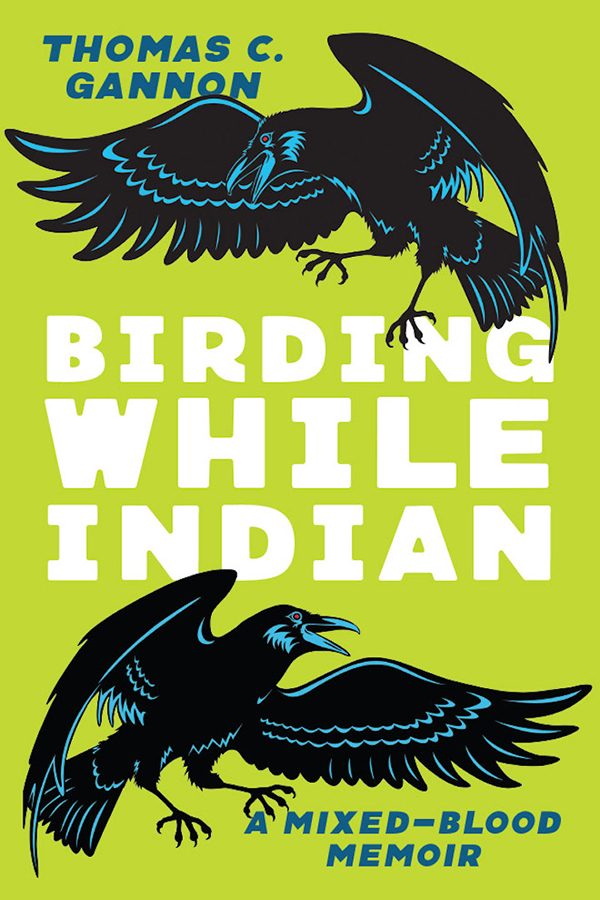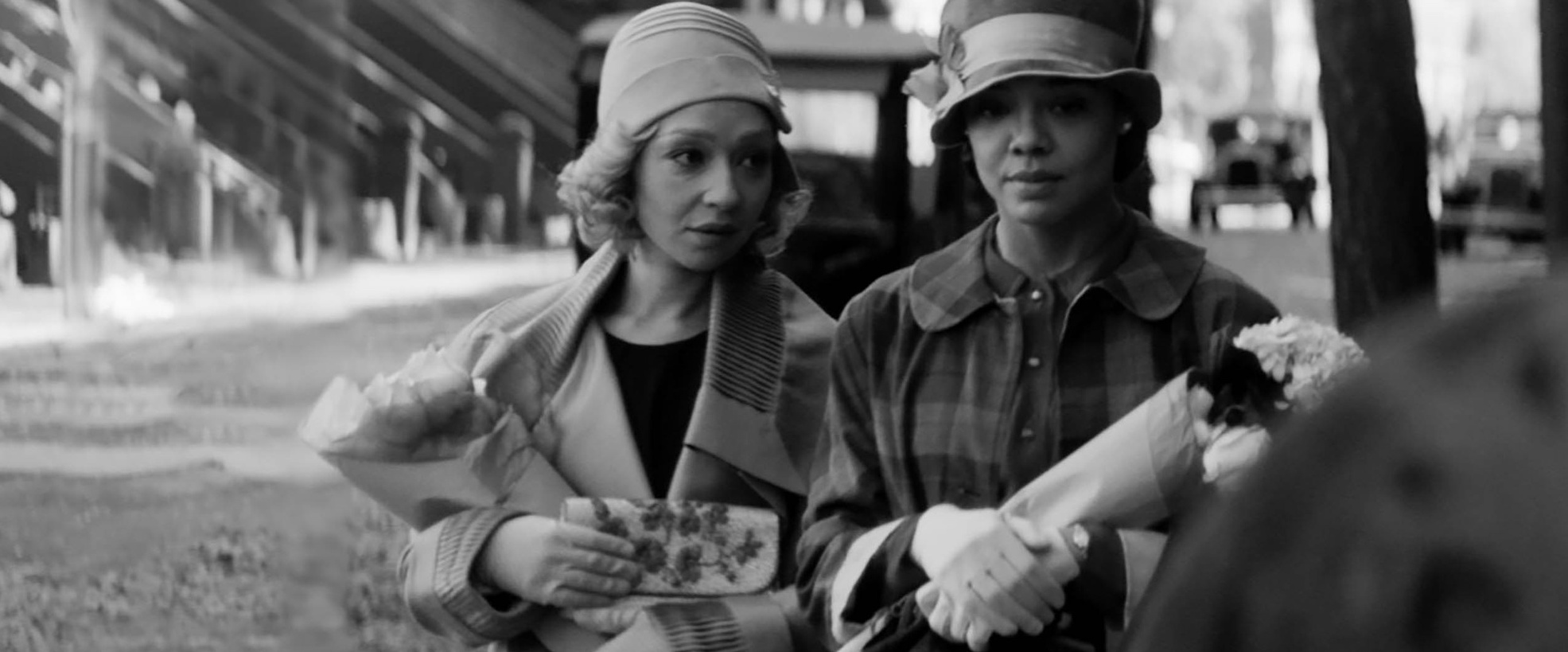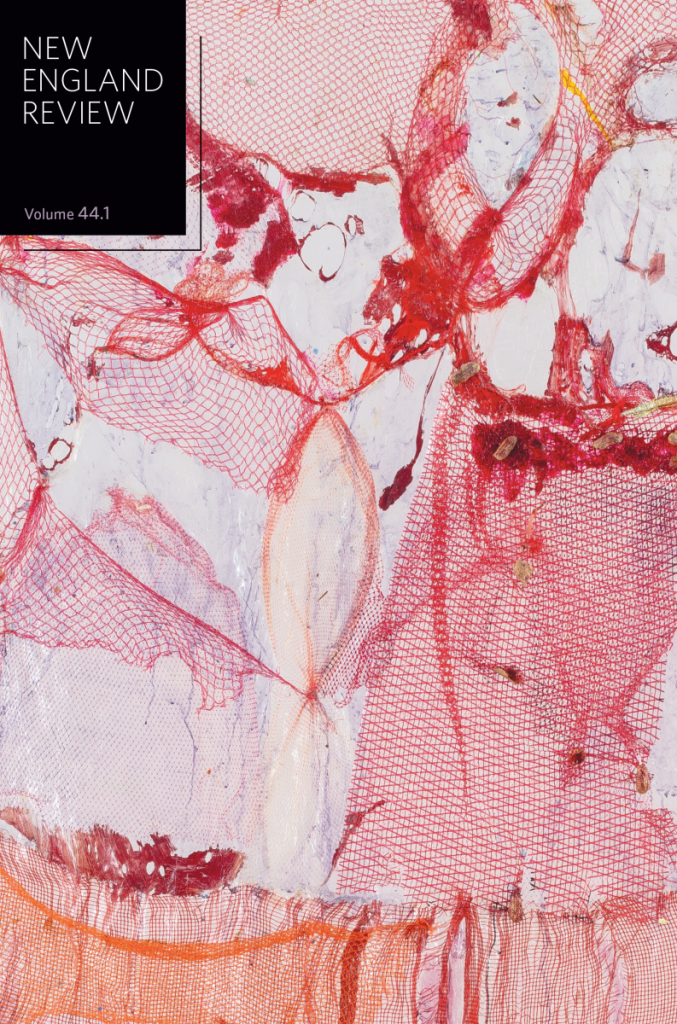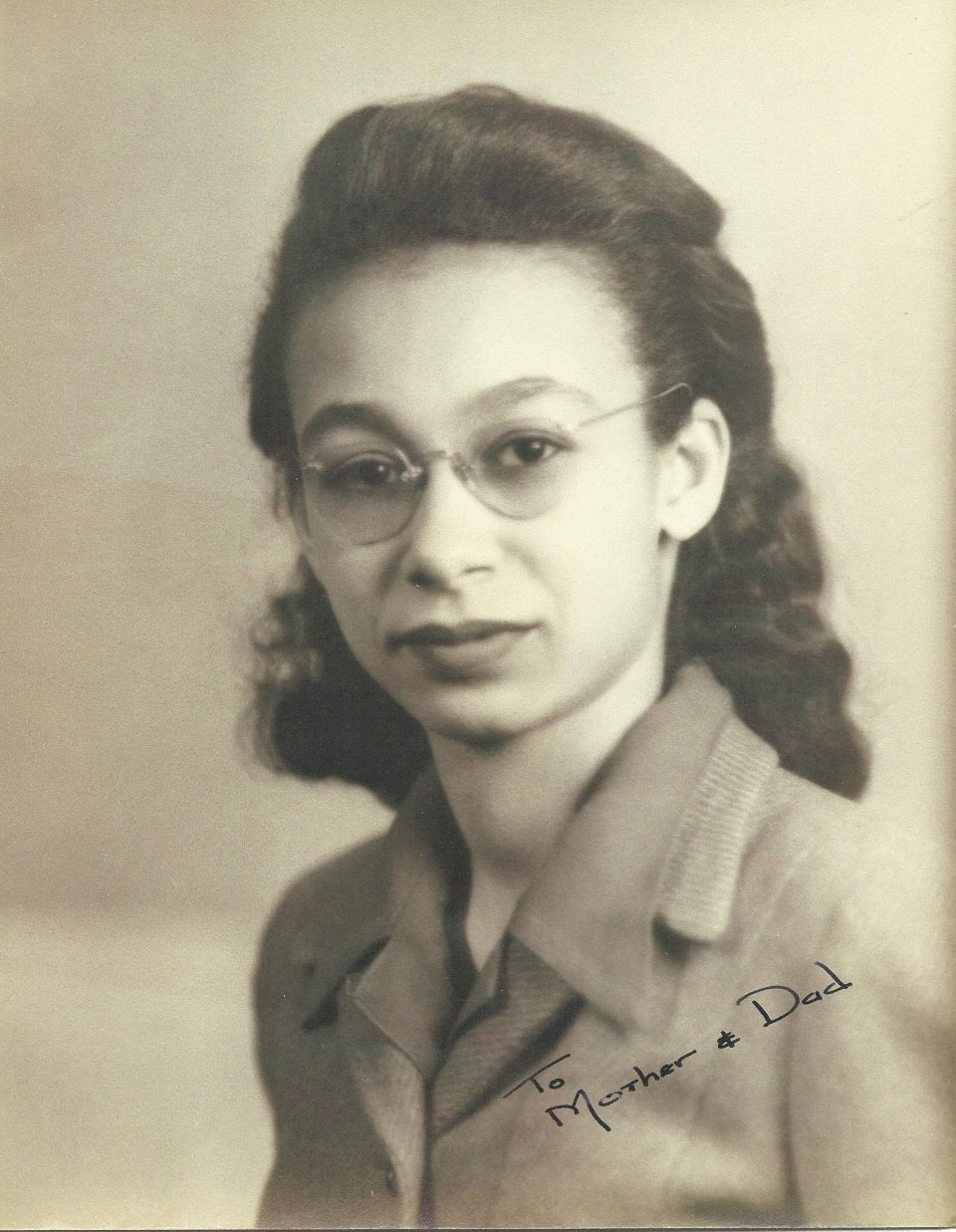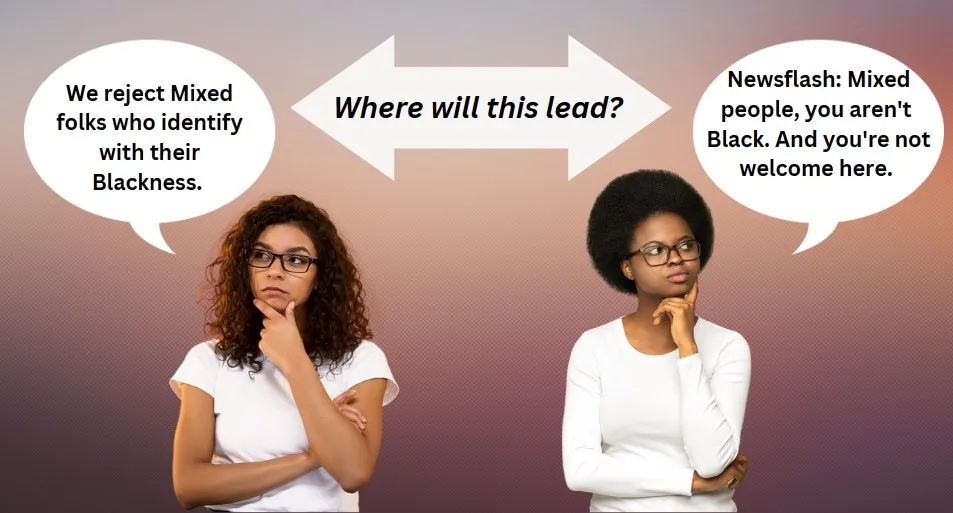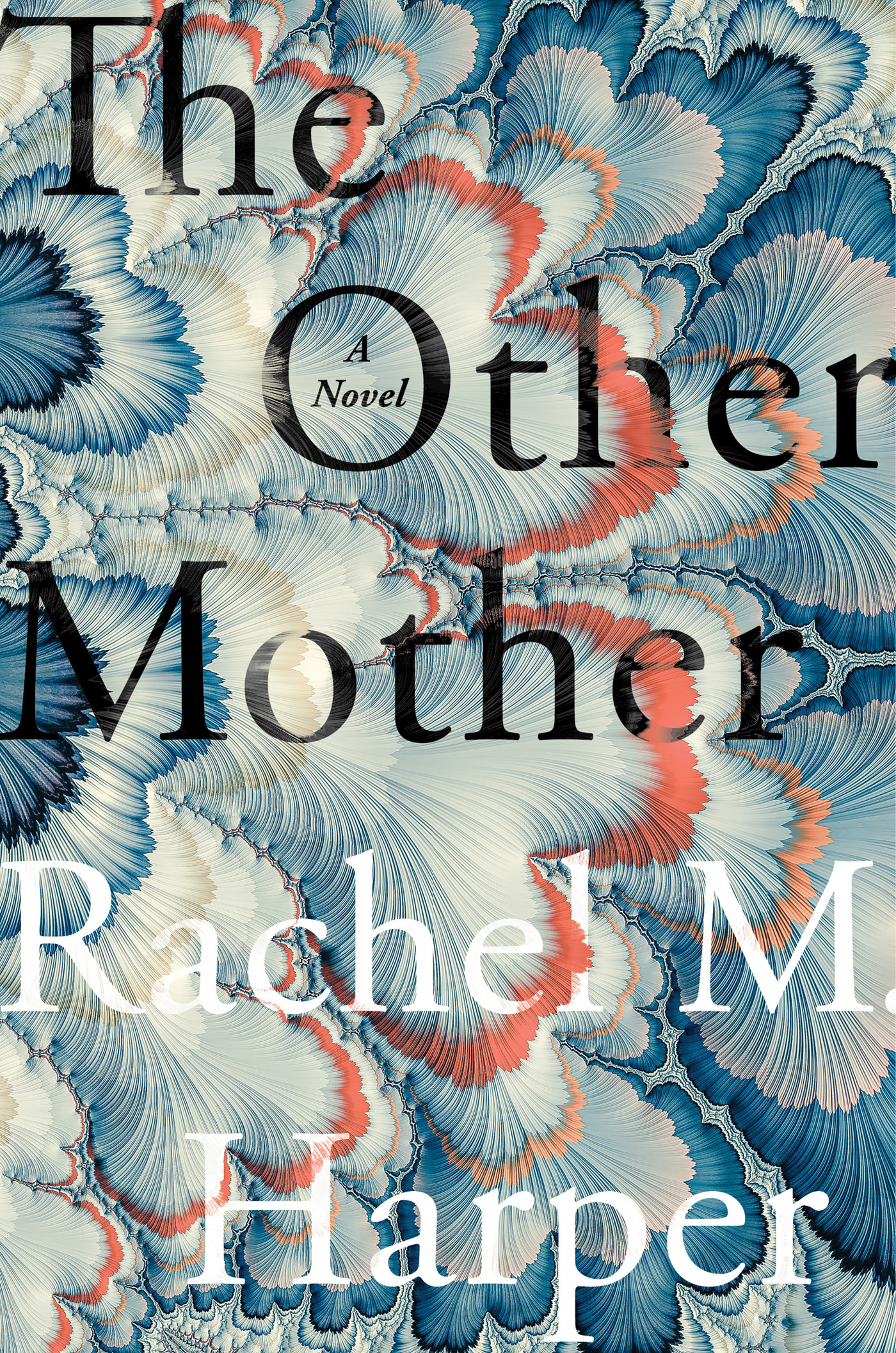White Dads and Biracial Black Kids: Concerns and ChallengesPosted in Articles, Family/Parenting, Media Archive, Social Science, United States on 2023-06-19 01:05Z by Steven |
White Dads and Biracial Black Kids: Concerns and Challenges
Chinyere Osuji, PhD, Author, Professor, Speaker
2023-06-08
Chinyere Osuji, Assistant Professor of Sociology
Rutgers University, Camden
There are some stories that live in your head rent-free years after hearing them.
For my first book Boundaries of Love: Interracial Marriage and the Meaning of Love (2019, NYU Press), I conducted over 100 interviews in Brazil and the United [States] with people in interracial marriages or longterm cohabiting marital unions. There was a smorgasborg of themes that emerged in this cross-national comparison, so only the biggest or most striking ones made it into the book. Yet there are some stories that still gnaw at me.
Around 2010, I interviewed a Black woman, Felice, who married a White man, named Bob. I came to their quiet suburban home and they were kind enough to let me interview them separately AND together! When I spoke to Felice, she said that right before she met Bob, she had dated a different White man before him. His name was– let’s call him Aaron. They were native Angelinos, had grown up together, and had many friends in common. (Note for the haters: she had also dated Black men, she didn’t discriminate.) However, Bob rushed in out of nowhere, winning her heart and sealing the deal…
Read the entire article here.

